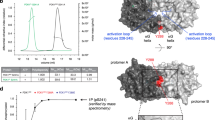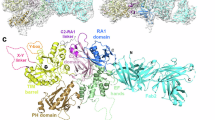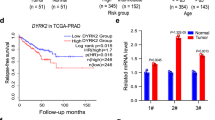Abstract
Both Fas and PMA can activate phospholipase D via activation of protein kinase Cβ in A20 cells. Phospholipase D activity was increased 4 fold in the presence of Fas and 2.5 fold in the presence of PMA. The possible involvement of tyrosine phosphorylation in Fas-induced activation of phospholipase D was investigated. In five minute after Fas cross-linking, there was a prominent increase in tyrosine phosphorylated proteins, and it was completely inhibited by D609, a specific inhibitor of phosphatidylcholine-specific phospholipase C (PC-PLC). A tyrosine kinase inhibitor, genistein, can partially inhibit Fas-induced phospholipase D activation. There were no effects of genistein on Fas-induced activation of PC-PLC and protein kinase C. These results strongly indicate that tyrosine phosphorylation may in part account for the increase in phospholipase D activity by Fas cross-linking and D609 can block not only PC-PLC activity but also tyrosine phosphorylation involved in Fas-induced phospholipase D activation.
Similar content being viewed by others
Article PDF
Author information
Authors and Affiliations
Rights and permissions
This is an Open Access article distributed under the terms of the Creative Commons Attribution Non-Commercial License (http://creativecommons.org/licenses/by-nc/3.0/) which permits unrestricted non-commercial use, distribution, and reproduction in any medium, provided the original work is properly cited.
About this article
Cite this article
Kim, J., Shin, I., Lee, K. et al. D609-sensitive tyrosine phosphorylation is involved in Fas-mediated phospholipase D activation. Exp Mol Med 33, 303–309 (2001). https://doi.org/10.1038/emm.2001.49
Published:
Issue date:
DOI: https://doi.org/10.1038/emm.2001.49



